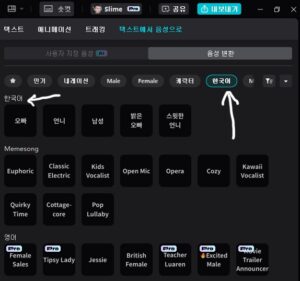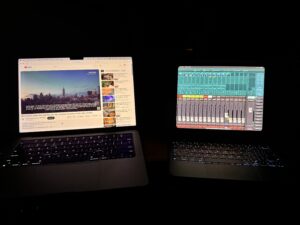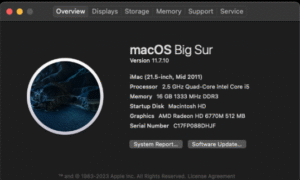
The ZigBee logo
The mission of the ZigBee Working Group is to bring about the existence of a broad range of interoperable consumer devices by establishing open industry specifications for unlicensed, untethered peripheral, control and entertainment devices requiring the lowest cost and lowest power consumption communications between compliant devices anywhere in and around the home.
The ZigBee membership includes Philips, Honeywell and Invensys Metering Systems, and others and is responsible for defining and maintaining higher layers above the MAC. The alliance is also developing application profiles, certification programs, logos and a marketing strategy. Philips Semiconductors and other chip vendors plan to launch their first ZigBee products as early as 2003. ZigBee was formerly known as PURLnet, RF-Lite, Firefly, and HomeRF Lite.
The ZigBee specification is a combination of HomeRF Lite and the 802.15.4 specification. The spec operates in the 2.4GHz (ISM) radio band – the same band as 802.11b standard, Bluetooth, microwaves and some other devices. It is capable of connecting 255 devices per network. The specification supports data transmission rates of up to 250 Kbps at a range of up to 30 meters. ZigBee’s technology is slower than 802.11b (11 Mbps) and Bluetooth (1 Mbps) but it consumes significantly less power.
ZigBee/IEEE 802.15.4 – General Characteristics:
Dual PHY (2.4GHz and 868/915 MHz)
Data rates of 250 kbps (@2.4 GHz), 40 kbps (@ 915 MHz), and 20 kbps (@868 MHz)
Optimized for low duty-cycle applications (<0.1%)
CSMA-CA channel access Yields high throughput and low latency for low duty cycle devices like sensors and controls
Low power (battery life multi-month to years)
Multiple topologies: star, peer-to-peer, mesh
Addressing space of up to:
– 18,450,000,000,000,000,000 devices (64 bit IEEE address)
– 65,535 networks
Optional guaranteed time slot for applications requiring low latency
Fully hand-shaked protocol for transfer reliability
Range: 50m typical (5-500m based on environment)
ZigBee/IEEE802.15.4 – Typical Traffic Types Addressed
Periodic data
Application defined rate (e.g., sensors)
Intermittent data
Application/external stimulus defined rate (e.g., light switch)
Repetitive low latency data





